Media Mash Ups As A Cognitive Approach to Learning

This past week, I spent the day with one of our Community Advisers, Humberto Perez, a video tech teacher at Connally High School in Pflugerville, TX., We were speaking to students about netiquette. As I entered the room, I was surprised to see the phrase, Media Mash Up on the board. This past summer, we had the Media Proteges do mash ups (use multi-media to demonstrate key terms and concepts) each week as a way for them to practice both their research and communications skills. Among other things, the proteges wrote blogs, recorded podcasts, and made videos on such terms as the socratic method and cultural capital.
That day, Mr. Perez had prepared some links for students to do research on the term netiquette and then had them cooperatively video blog about the term. In just under 50 minutes, the students demonstrated their understanding of the term and then went on to making higher level cognitive judgments about how to apply it to their own actions. I was also pleasantly surprised to see how social this learning activity was. The students talked and joked at times but there was learning going on. Each group of students had a video at the end of class to prove it. The students learned as much from their peers as they did from us.
I really started to think about media mash ups and their application to the cognitive learning process. I thought of Bloom’s Taxonomy which classifies cognitive learning into six hierarchical levels from knowledge and comprehension to synthesis and evaluation.

Diagram of Bloom’s Taxonomy
Making a good media mash up requires a student to make critical judgments by acquiring information and then having to synthesize something new from it. Better yet, in a social media environment, students are exposed to a broad array of viewpoints on the same concept. They begin to share, cite and comment on each others work. In short, students have a far greater chance of retaining knowledge in this type of immersive learning environment.
Below, I’m placing a copy of Bloom’s Taxonomy Wheel.

This a great way to think about the cognitive learning approach. Notice that as you move to the lower part of the wheel, how many of those outcomes on the outermost layer lend themselves to social media. A relevant photograph, poem, diagram, cartoon, video, song or combination there of all demonstrate higher level thinking. In a social media environment, students can choose to both acquire and transfer knowledge through whatever medium suits their learning style.
With all this in mind, we are going to make media mash ups a weekly feature of Media Xperiments. As we prepare for the launch of the Show Your Reel 2010 Competition, an understanding of these key terms and concepts will be of great advantage. Over the next few days, you’ll start to see video posts on netiquette for students. If you;re a teacher, I encourage you to have your students participate by making their own media mash ups on netiquette.
As a matter of fact, we’ll offer a $10 iTunes Gift Certificate for the best one. The deadline for entry is Monday, August 7th. Simply have your students complete their mash up as a blog entry. They can post video, audio, text, etc.
We’ll have a new media mash up term every week and continue to give out special prizes. for the weeks to come.
